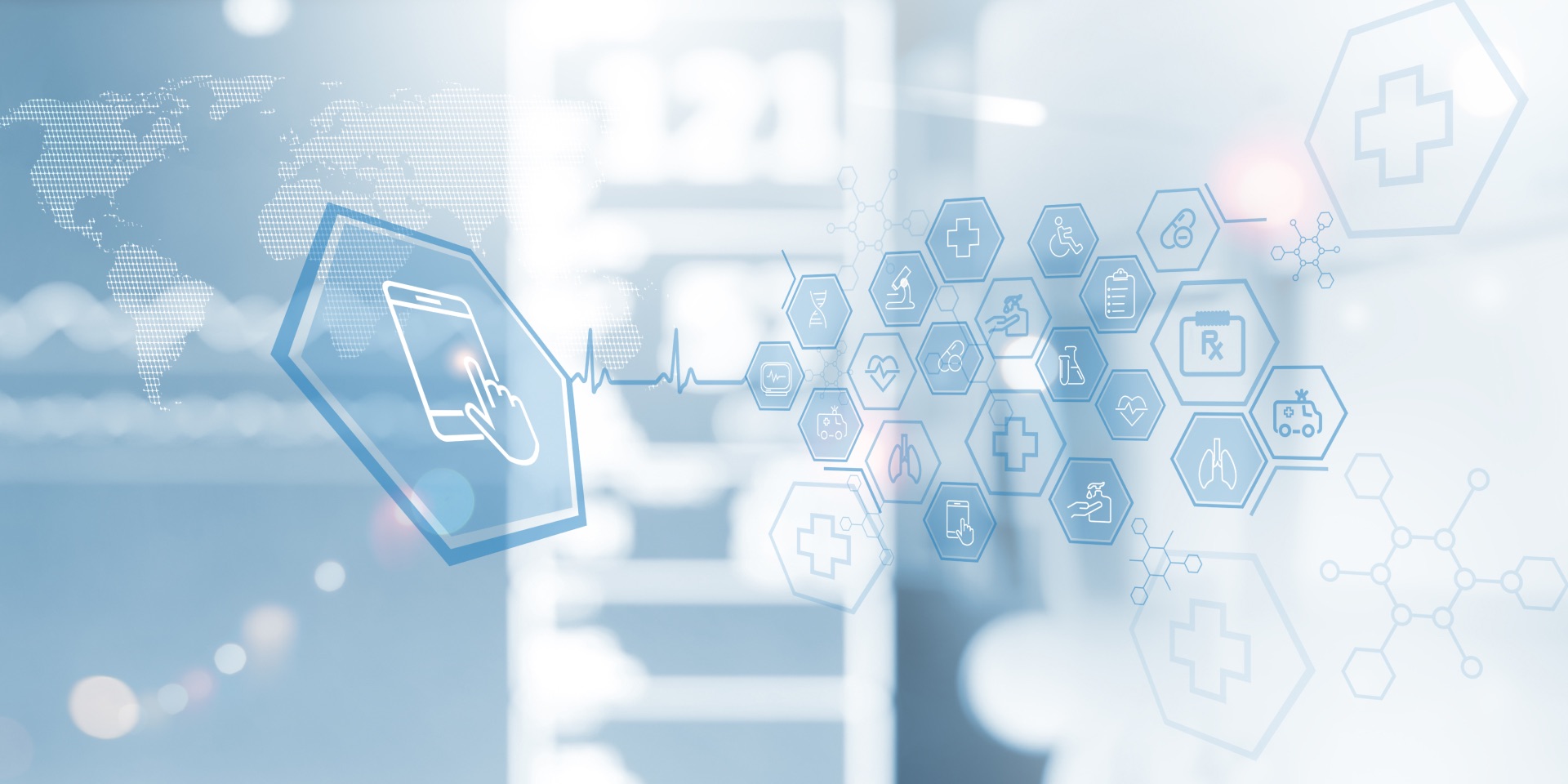
The Internet of Things, or IoT, is changing the way people manage their health. Healthcare apps and fitness devices have transformed the way people take care of themselves by giving them more control over and awareness of their habits. They help them avoid serious health problems, manage existing issues, and reduce time and money spent on healthcare.
During the pandemic especially, demand for this technology skyrocketed for very valid reasons. Healthcare apps provide crucial health services, like heart and glucose monitoring, which can help avert disaster by notifying doctors when patients are at risk — all from a safe distance. This technology enables patients to monitor their health anytime rather than just when they have a doctor’s appointment.
But for IoT-powered healthcare apps to be as effective and powerful as they’re meant to be, they have to offer a sleek mobile app design and a smooth app onboarding experience.
People want healthy living that’s only a click away. About 1 in 5 Americans use fitness trackers to monitor their heart rate, sleeping patterns, calorie intake, and more.
Even more people use health-focused apps like Good Measures to take control of their health. This app focuses on diet and fitness goals, helping customers get the most out of food in a way that supports their lifestyles while managing health conditions. It offers clinical coaching from registered dietitians, certified diabetes educators, registered nurses, and lifestyle coaches. It also provides weight and diabetes management and prevention programs.
Telehealth apps have also transformed healthcare during the pandemic. People love the convenience and control they offer, and healthcare providers have quickly come to appreciate the flexibility and ability to easily connect with patients. Apps like eVisit meet all of those needs.
Ultimately, good healthcare hinges on making the patient experience as strong as possible. Knowing that IoT and healthcare apps are increasingly a key part of that experience, it’s important to focus on building them in the best way possible. Here are two mobile app design tips to use as you get started:
Companies often focus so much on building the physical hardware of healthcare technology that they neglect the mobile app design. Invest time and resources into this stage of the process by fixing any glitches or bugs and ensuring people can easily connect to and use the app. The app must also provide value to encourage people to download the latest versions, interact with them regularly, and incorporate them into their daily lives.
One of the most critical steps in developing an IoT product is creating a smooth app onboarding experience. Mobile apps make this simple by guiding customers through the process and offering troubleshooting support. Because IoT devices are more expensive than their disconnected counterparts, companies must make the setup process worthwhile. Also, vendors have to ensure that the devices are secure enough for customers to enjoy without risks.
The pandemic put IoT apps at the forefront of healthcare. But before they can truly serve and empower users, they have to meet expectations and offer the best experience possible.
Mobile app design is a process, and knowing how to build a mobile app is complex. It’s important to strategically and intentionally invest in the process — and that’s where we come in. To learn more about our app design capabilities, click here to download our whitepaper “How Atomic Robot Is Perfecting the Process of Designing IoT Apps.”